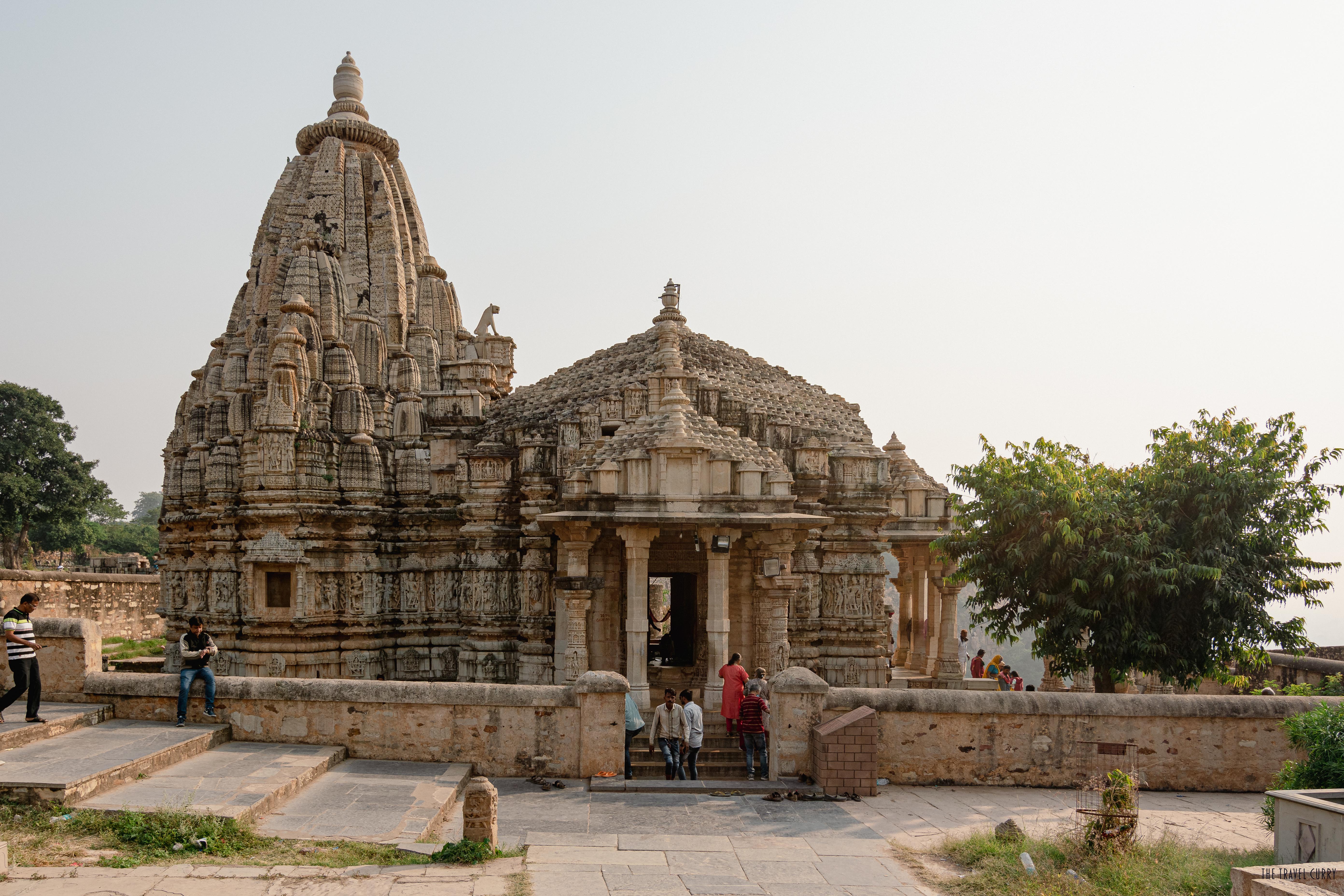
Welcome to Chittorgarh Fort, a place reverd for Rani Padmawati’s Jauhar. Known as the largest fort of India, this living fort was the kingdom of Mewar rulers.
Captured and reclaimed several times, the fort of Chittor is a UNESCO world heritage site. Much like Jaiselmer Fort, this too is a living fort with shops and residences within the complex, though not as dense as the former. A well-built road surrounds and passes through the fort connecting it to the rest of the town. The fort premises is on a sprawling 280 hectares area. Chittorgarh Fort complex comprises 19 temples, 4 cenotaphs, 2 symbolic towers, a war field, 20 water bodies, and four citadels at a short distance from each other.
Every structure has an interesting history and this post will fall short to describe them all. We will showcase the beauty of Chittorgarh through our pictures and whatever little information that we could gather.
Rana Kumbha Fort
Rana Kumbha, the ruler of Mewar has been the most fearless and undefeated ruler to date. Revered for winning all the battles against the Mughal sultanate, he also encouraged art and architecture during his reign. The imposing structure and plan of the Kumbha Fort are living proof of his love and passion for art.
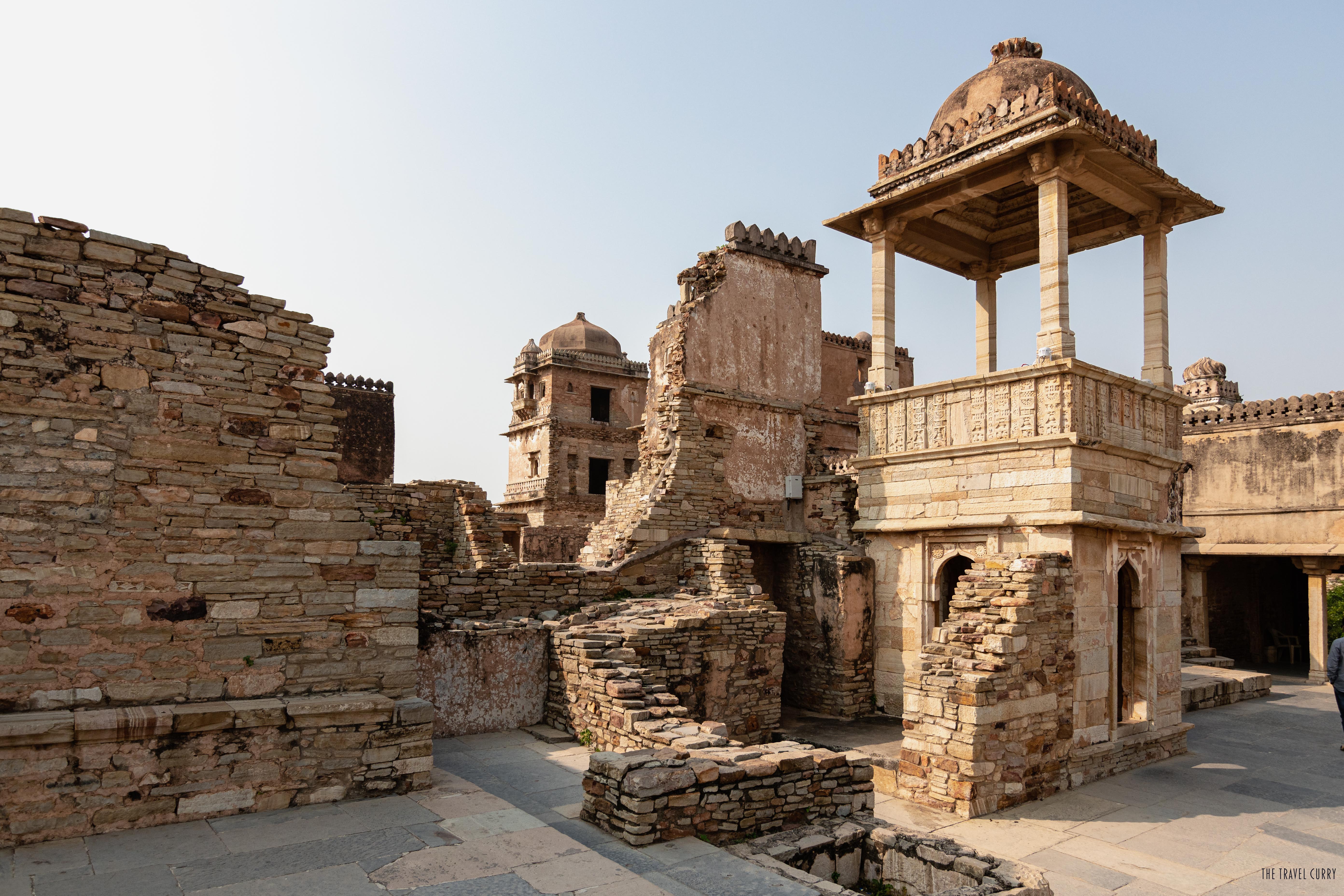
This fort complex was in ruins. If maintained and renewed, this would look marvelous. No guards or metal detectors in this fort are a welcome move. But the citadel needs repair big time. Scribblings on the historic structures are a huge turn-off. Yet some places have retained their charm.
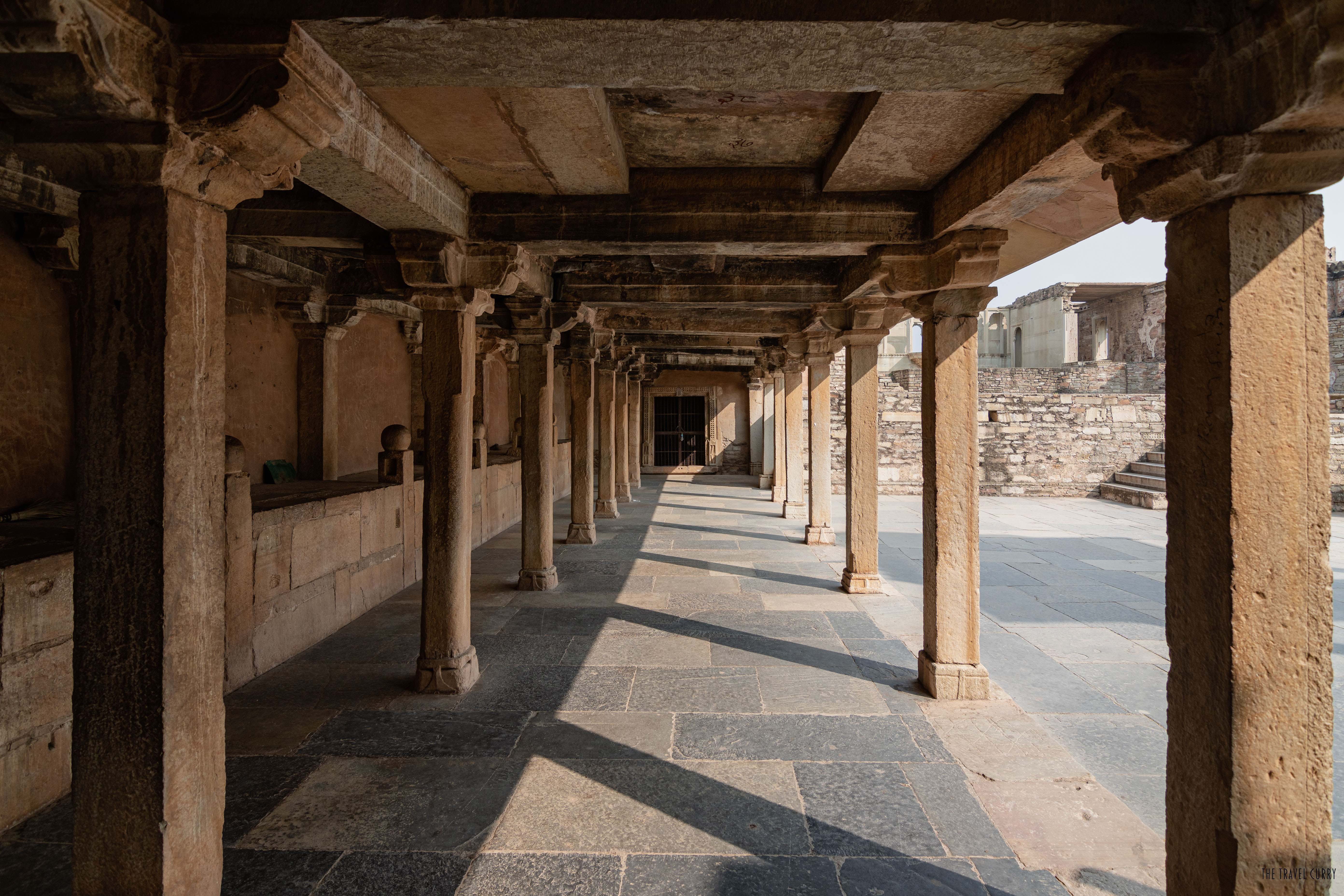
Shringar Chauri
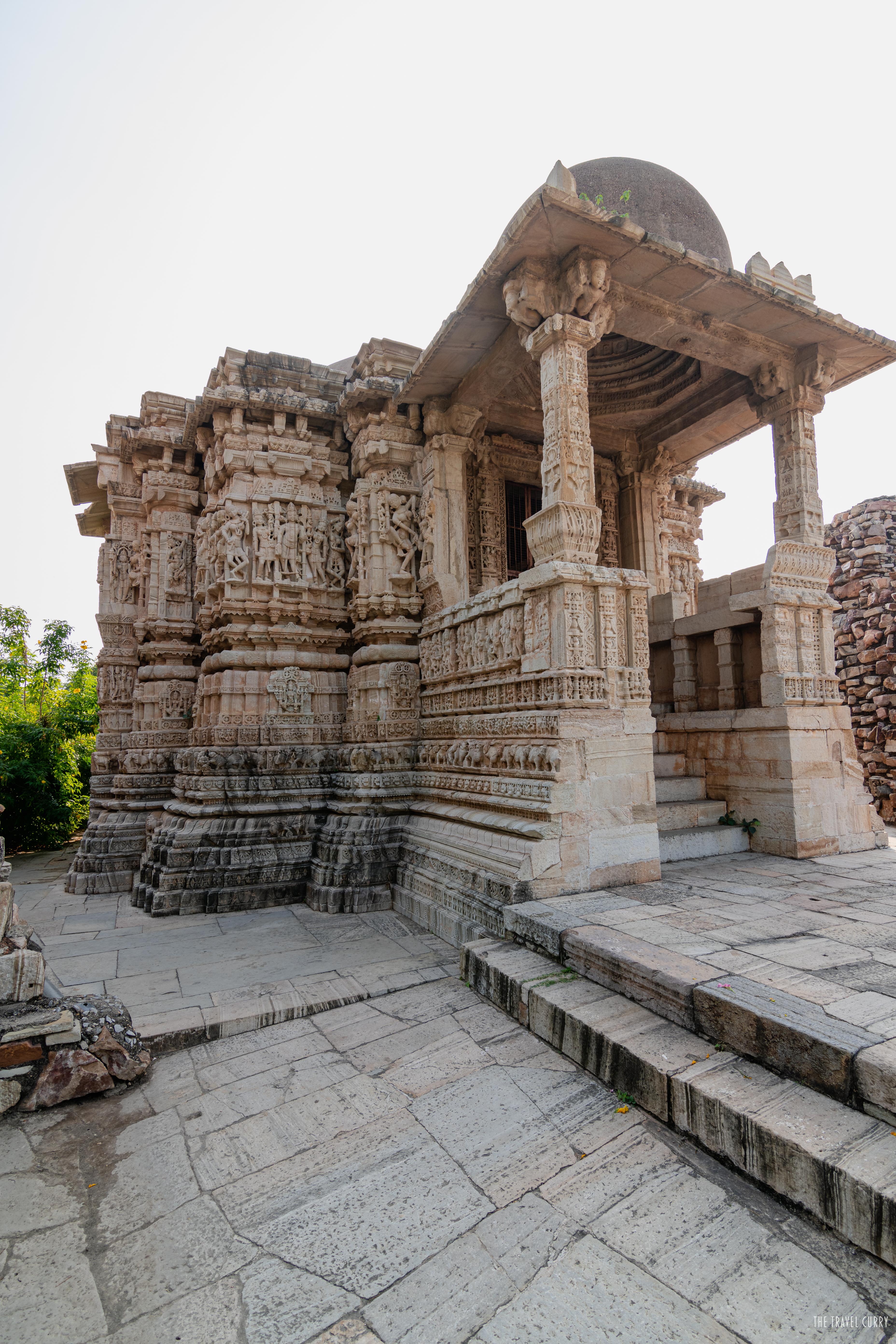
The Shringar Chauri is a small but the most ornate temple in the Chittorgarh Fort premise. The details on the exteriors are beyond brilliant. The location of the temple attracted us to it. It was inside a park across the Rana Kumbha fort with no visitors. Shringar Chauri came into existence in 1448 AD under the supervision of Velaka, the son of Kola. The latter was Maharana Kumbaha’s treasurer.
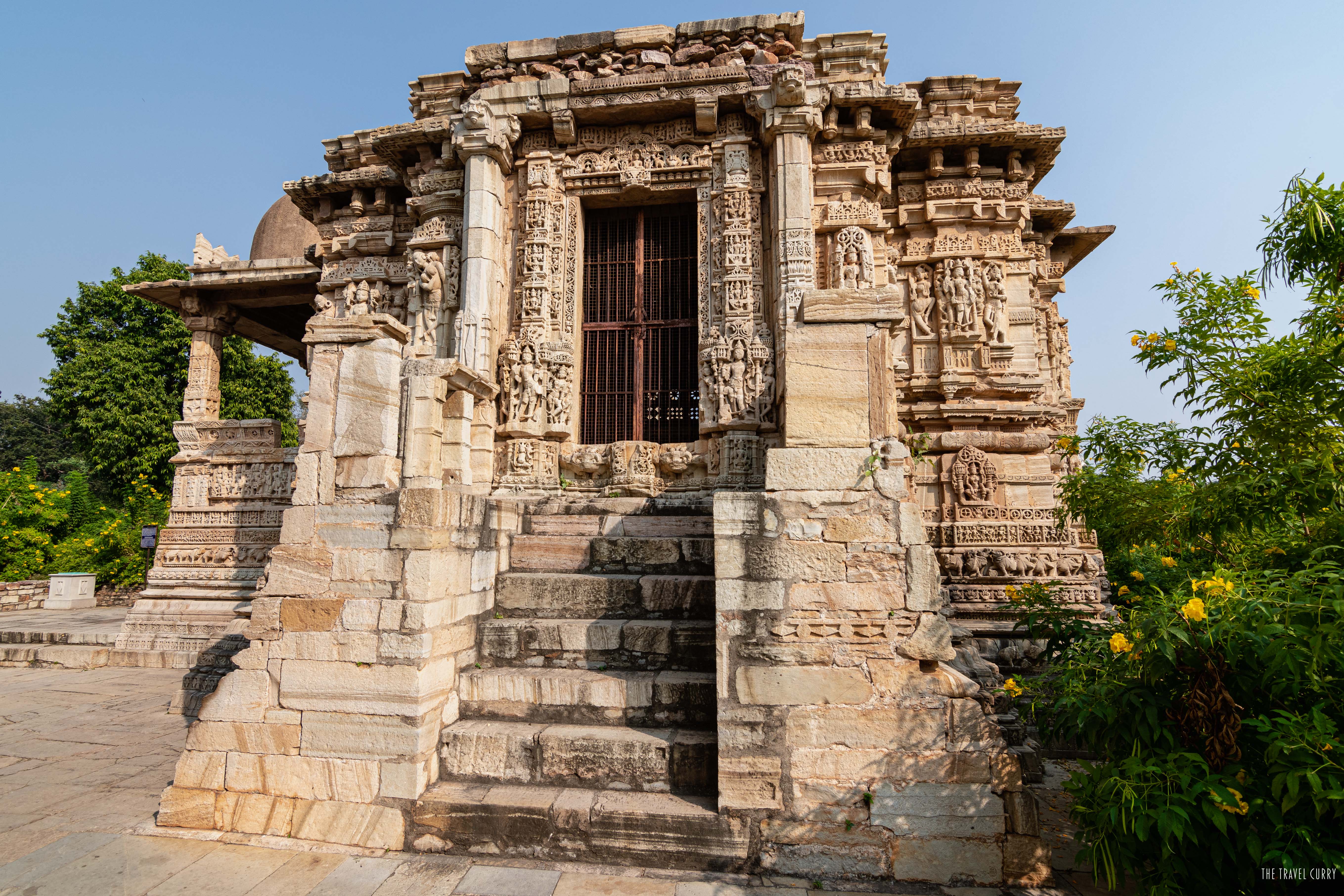
Samadhisvara Jain Temple
This is one of the biggest temples inside the Chittorgarh Fort complex, quite close to the Gaumukh Reservoir. Dedicated to Lord Shiva, Samadhisvara Temple was constructed in the 11th century.
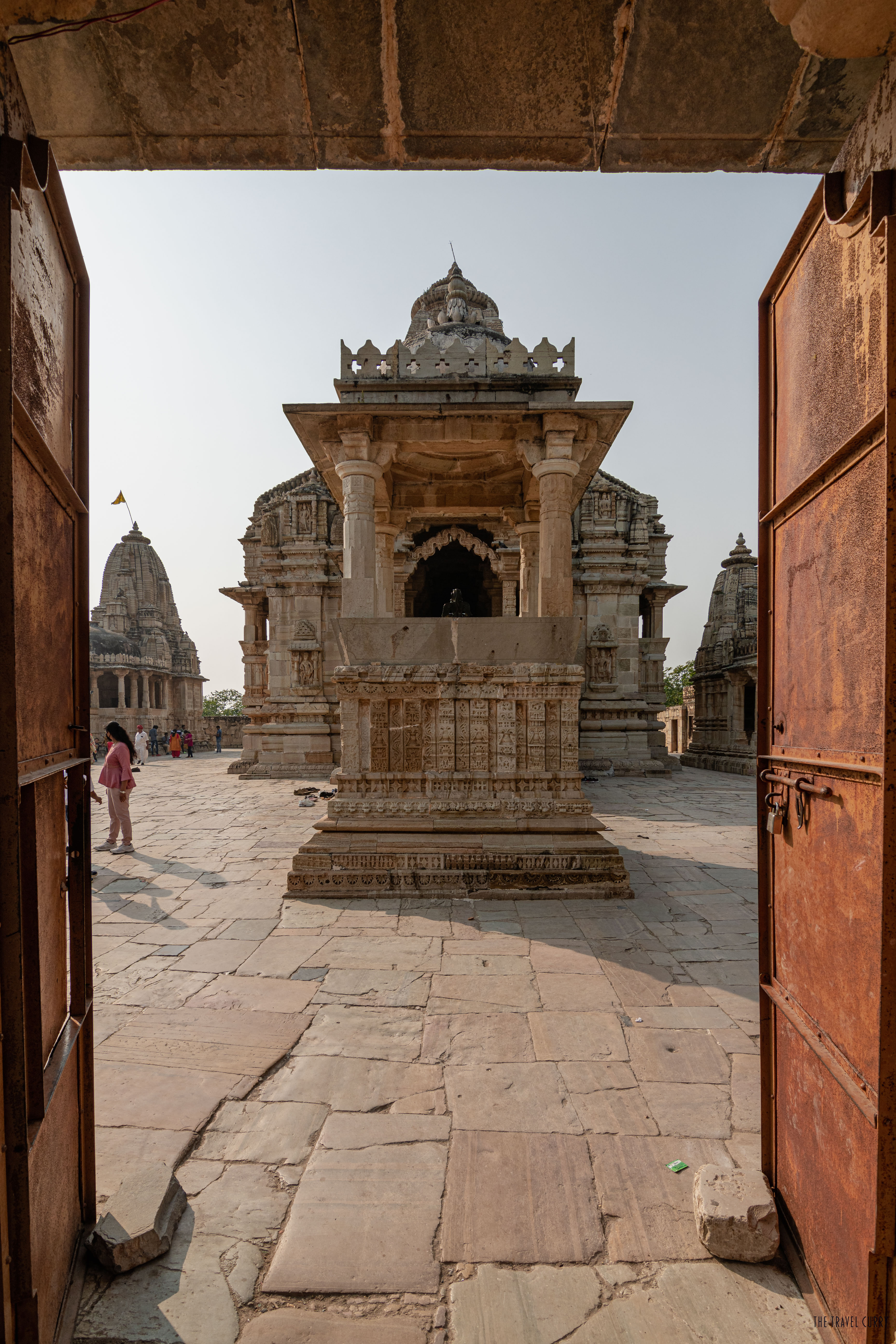
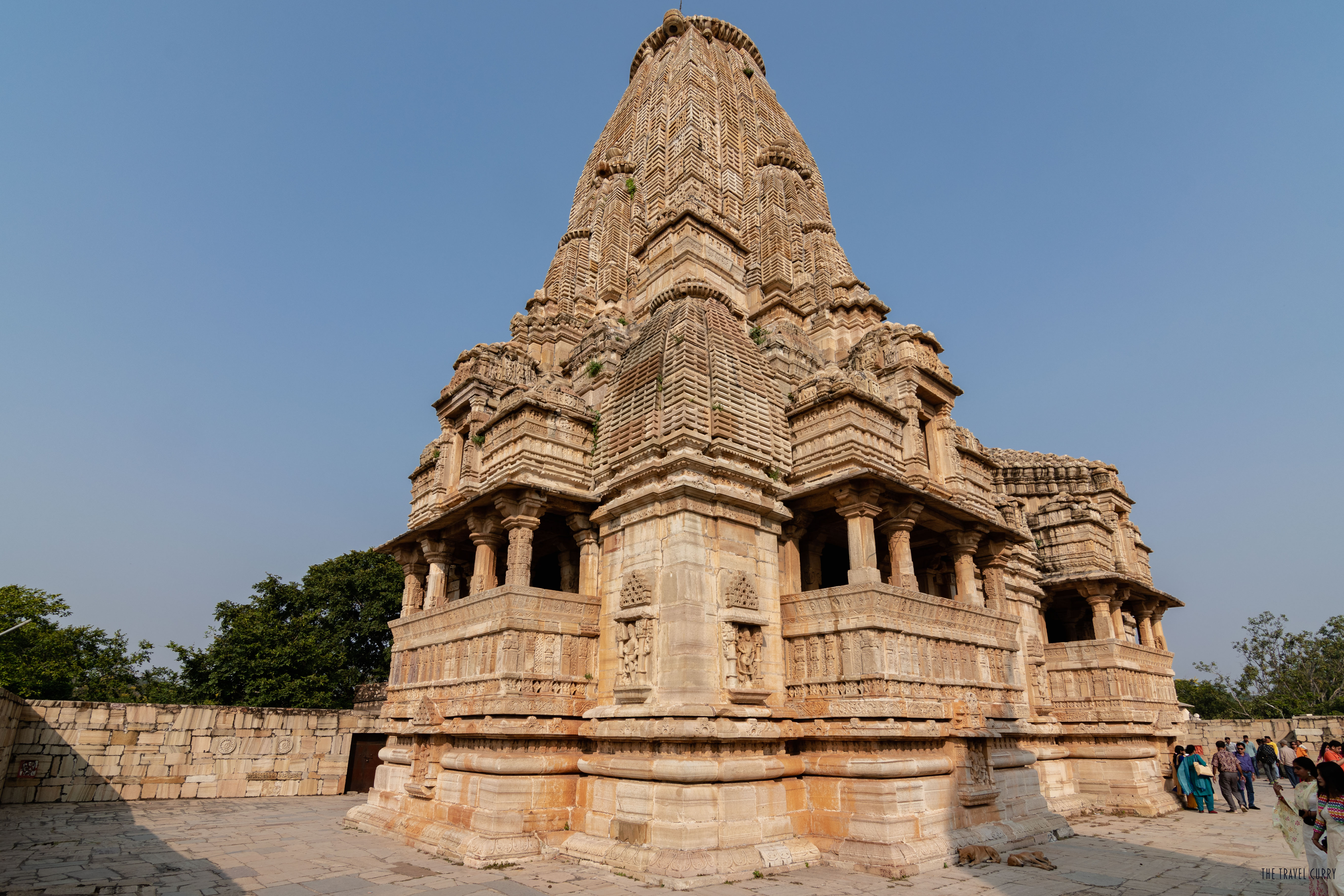
Vijay Stambha
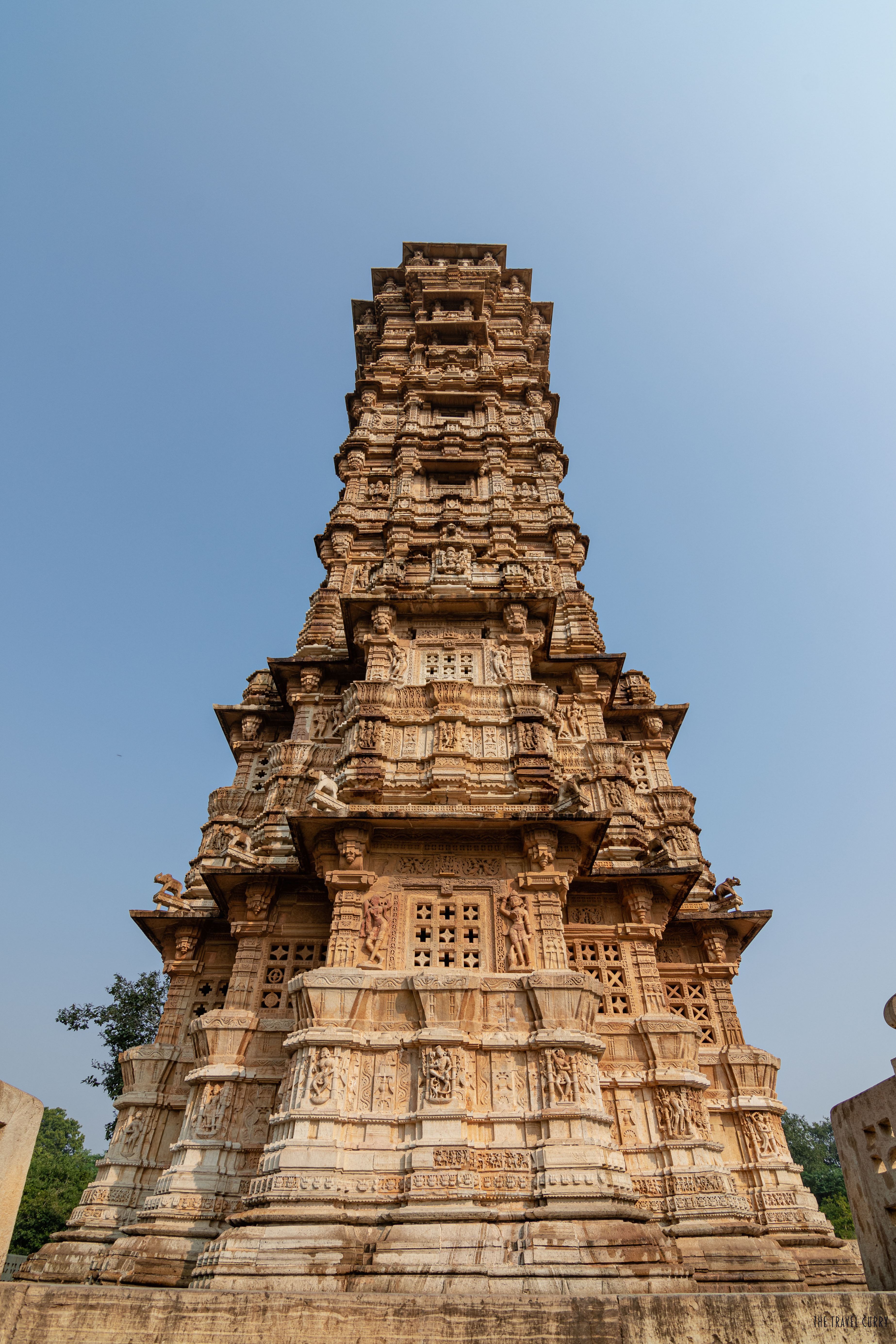
The tower of Victory or Vijay Stambha is a 9 story structure that was built by Maharana Kumbha in 1440 AD. The tower was to commemorate his victory over Mohammed Khilji. Entry inside the tower is prohibited. You would have to settle for the exterior view.
Jauhar Kund
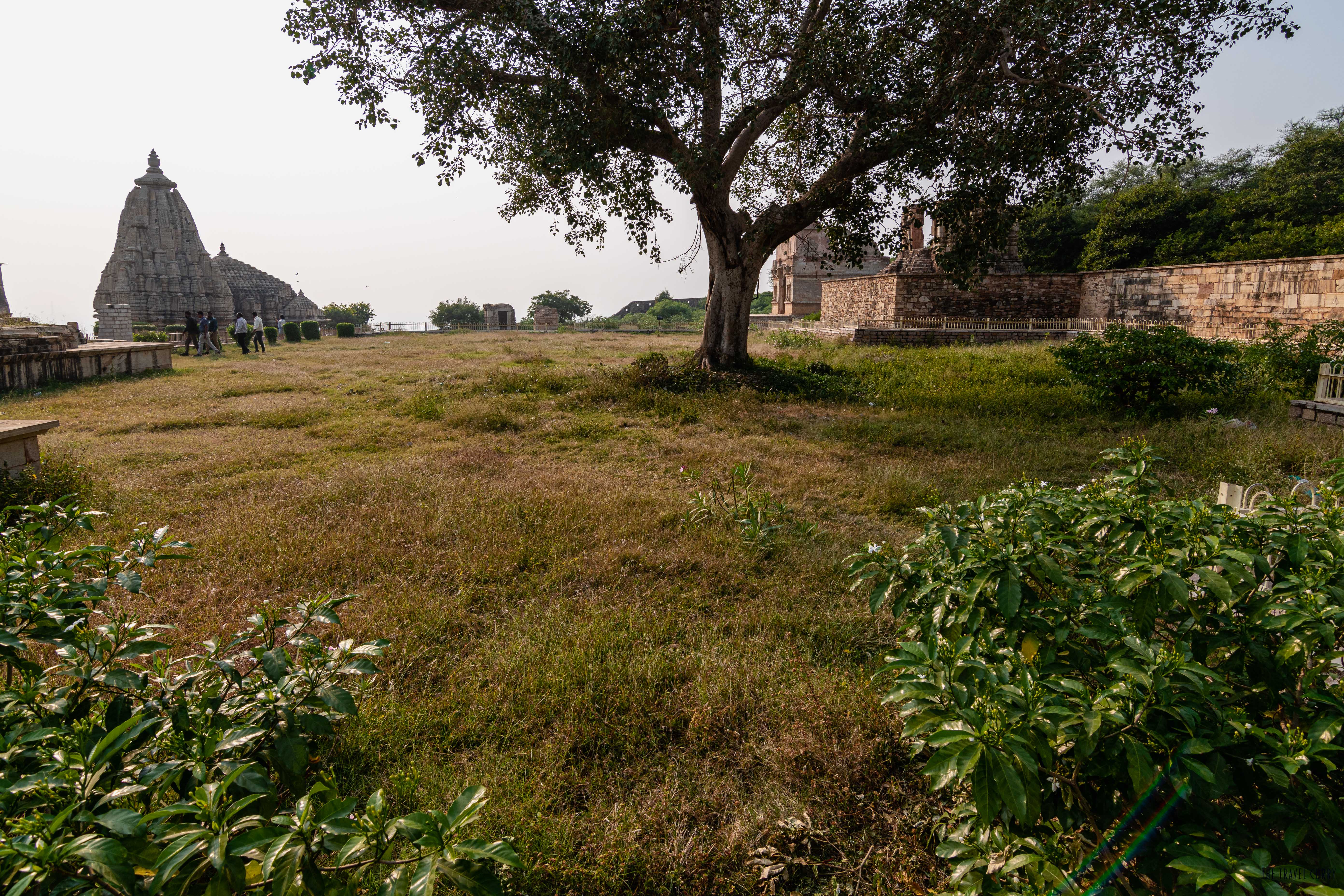
Chittorgarh was famed for the mass Jauhar ritual performed by Rani Padmini and the royal ladies. Subsequently, the Jauhar Kund where they sacrificed their lives, was filled up and closed. The authorities did so when human skulls and aged jewelry were dug up and stolen by people from the kund. Now a park and a single tree stand in that very place. Every year Jauhar Mela is hosted here to commemorate Padmawati’s jauhar and celebrate the valour of Rajput women.
Gaumukh Reservoir
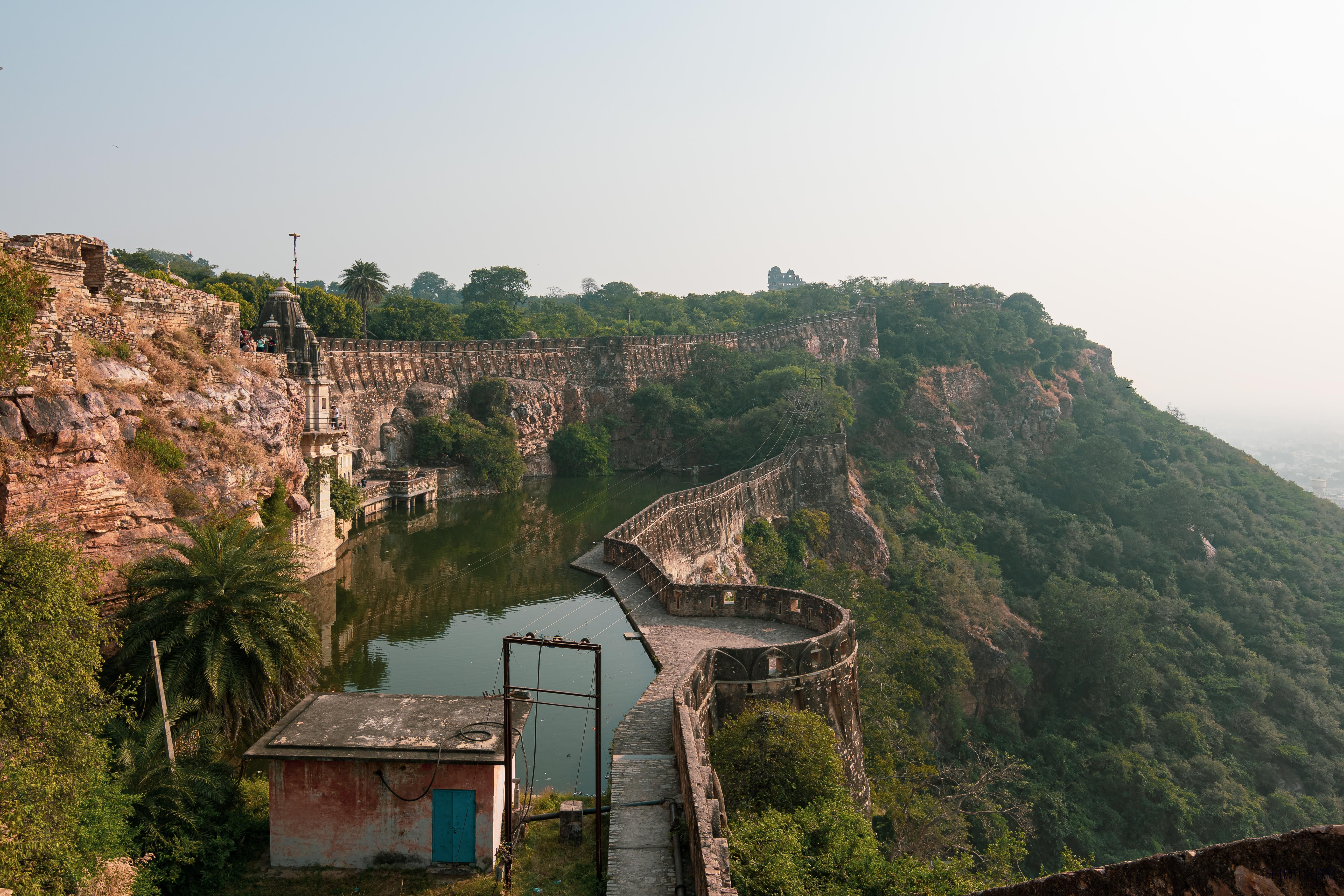
The cow-shaped water reservoir is one of the popular water bodies within Chittorgarh fort. It once served water to the residents during the fort’s siege when essentials were cut off. Surprisingly, the reservoir is still full of water. It is a holy site where feeding fish was a ritual. However, entry to the reservoir has been banned for tourists at present.
Baan Mata Temple
Right next to the Gaumukh Reservoir is Baan Mata Temple. A flight of stairs inside the temple leads to the reservoir, which is closed now.

Other structures within Chittorgarh Fort
Haveli of Fatta Jaimal
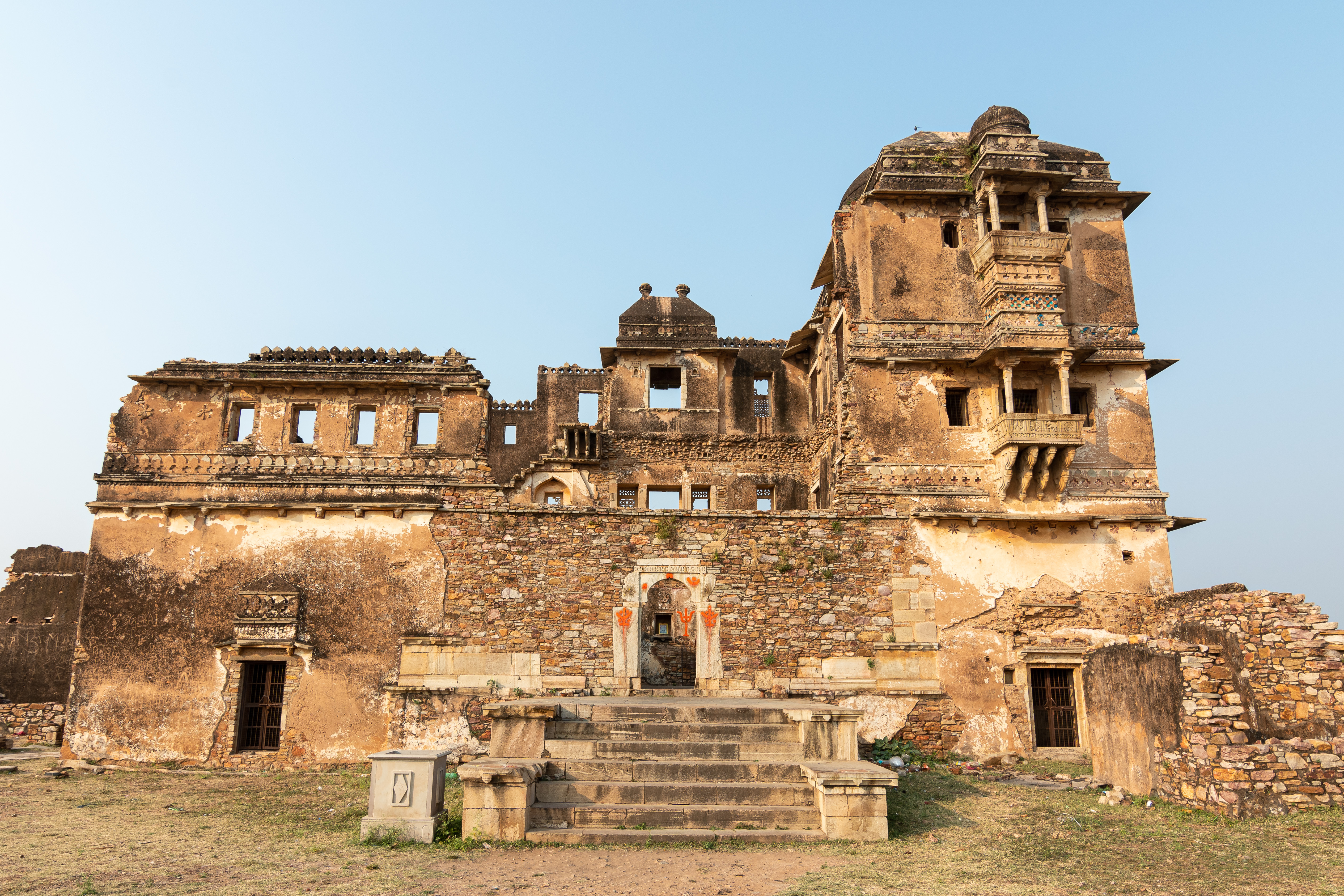
This haveli stands in dedication to Jaymal and Fatta, two youthful military commanders. They valiantly guarded the Chittor fort with their life. Very little is written or known about these courageous heroes. Sadly, the haveli lies in ruins.
Padmini Mahal
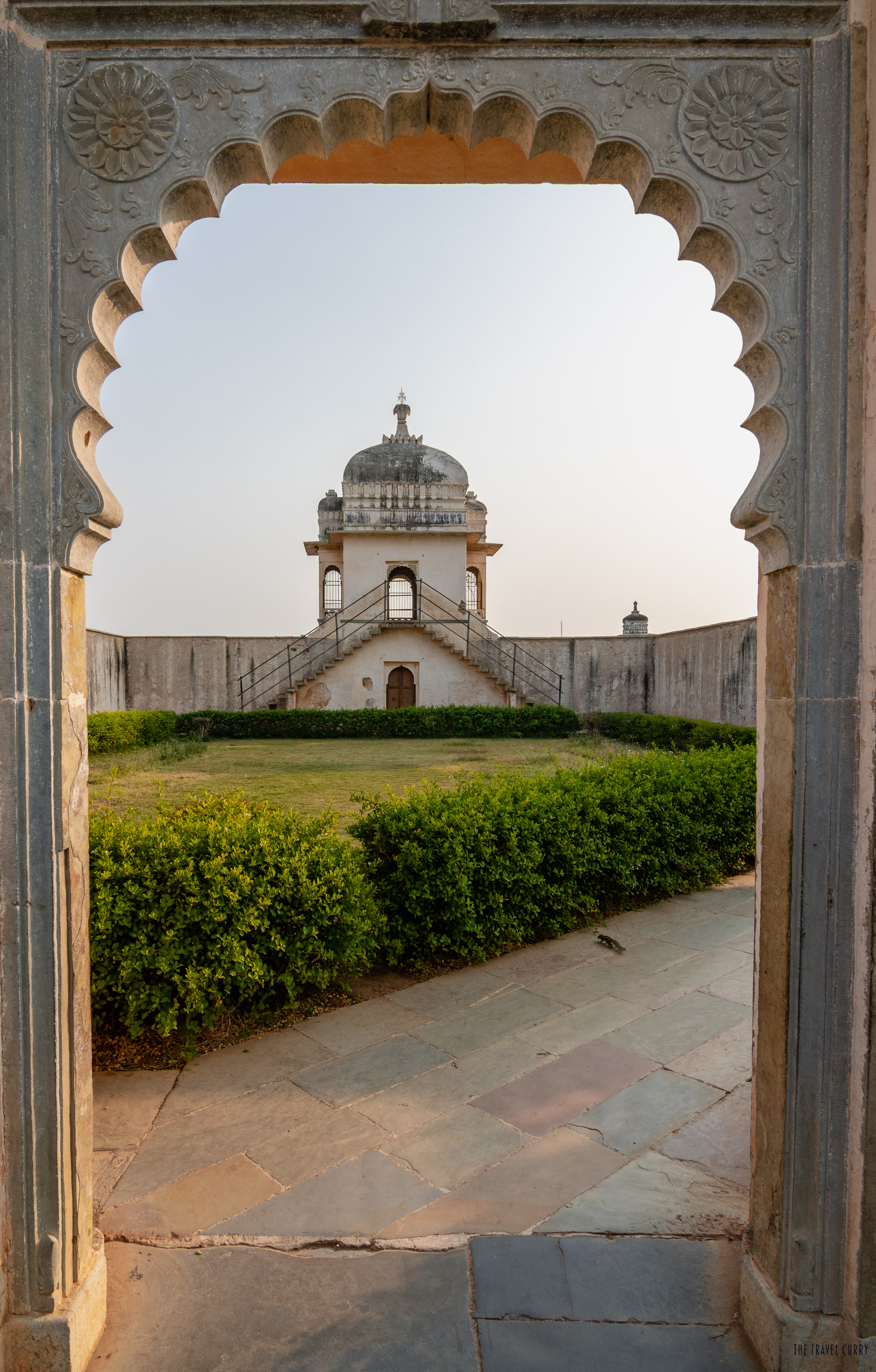
Outside the Samadhisvar Temple and Vijay Stambha complex, lie other structures. The all-white Padmini Palace is one of them. Surrounded by a water-filled moat, this palace mimicks Jaipur’s Jal Mahal. The courtyard, balconies, and lush green garden once adorned this pretty palace which now has very little of the original architecture left.
Battle field
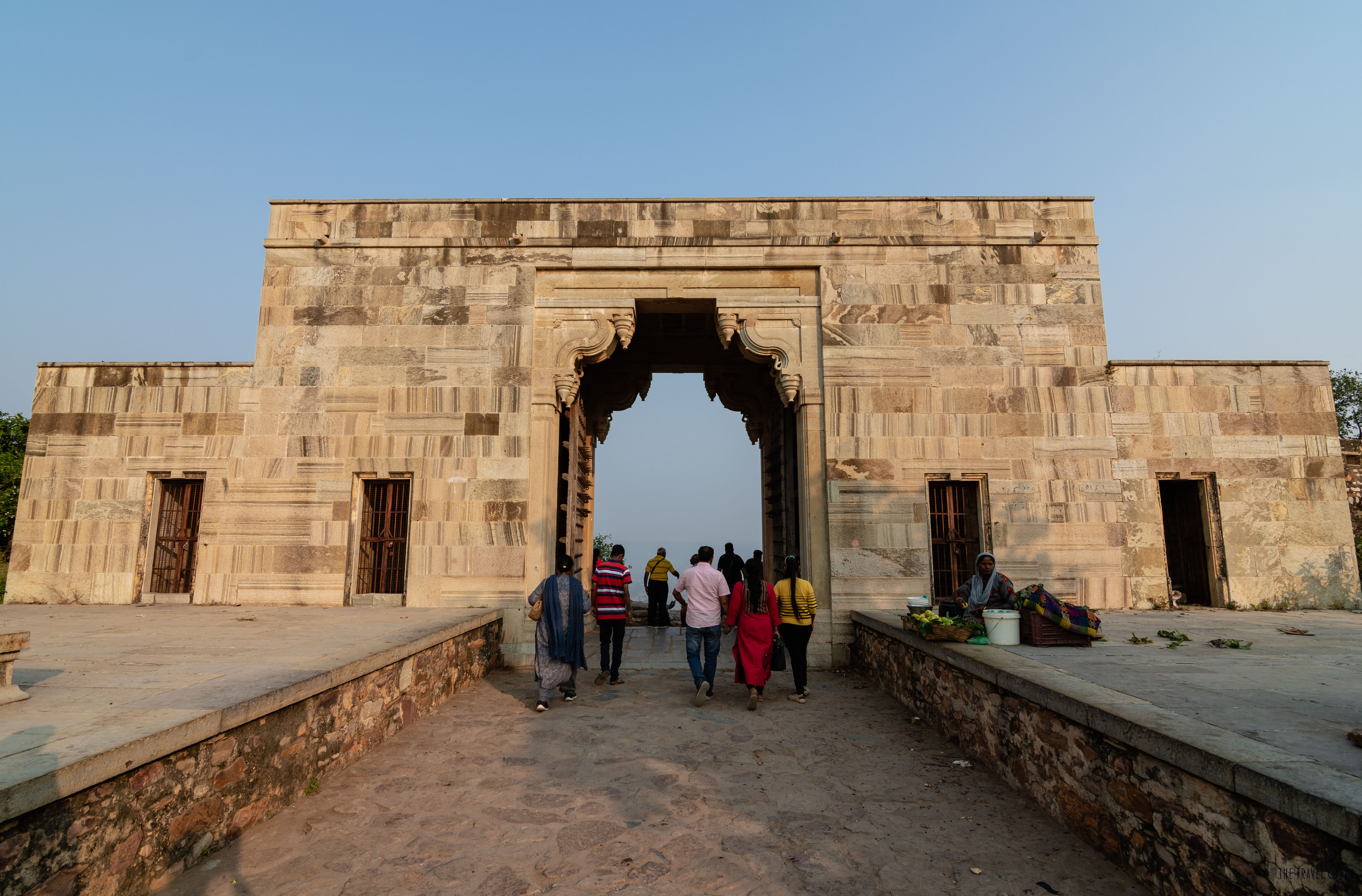
The infamous battle between Raja Ratan Singh and Alauddin Khilji took place here. The latter was smitten by Rani Padmini’s beauty. Therefore, to win her over, he made multiple attempts to conquer Chittor. Khilji attacked the fort in his last endeavour. Subsequently, queen Padmawati and the royal ladies jumped into the funeral pyre. They preferred dying with dignity.
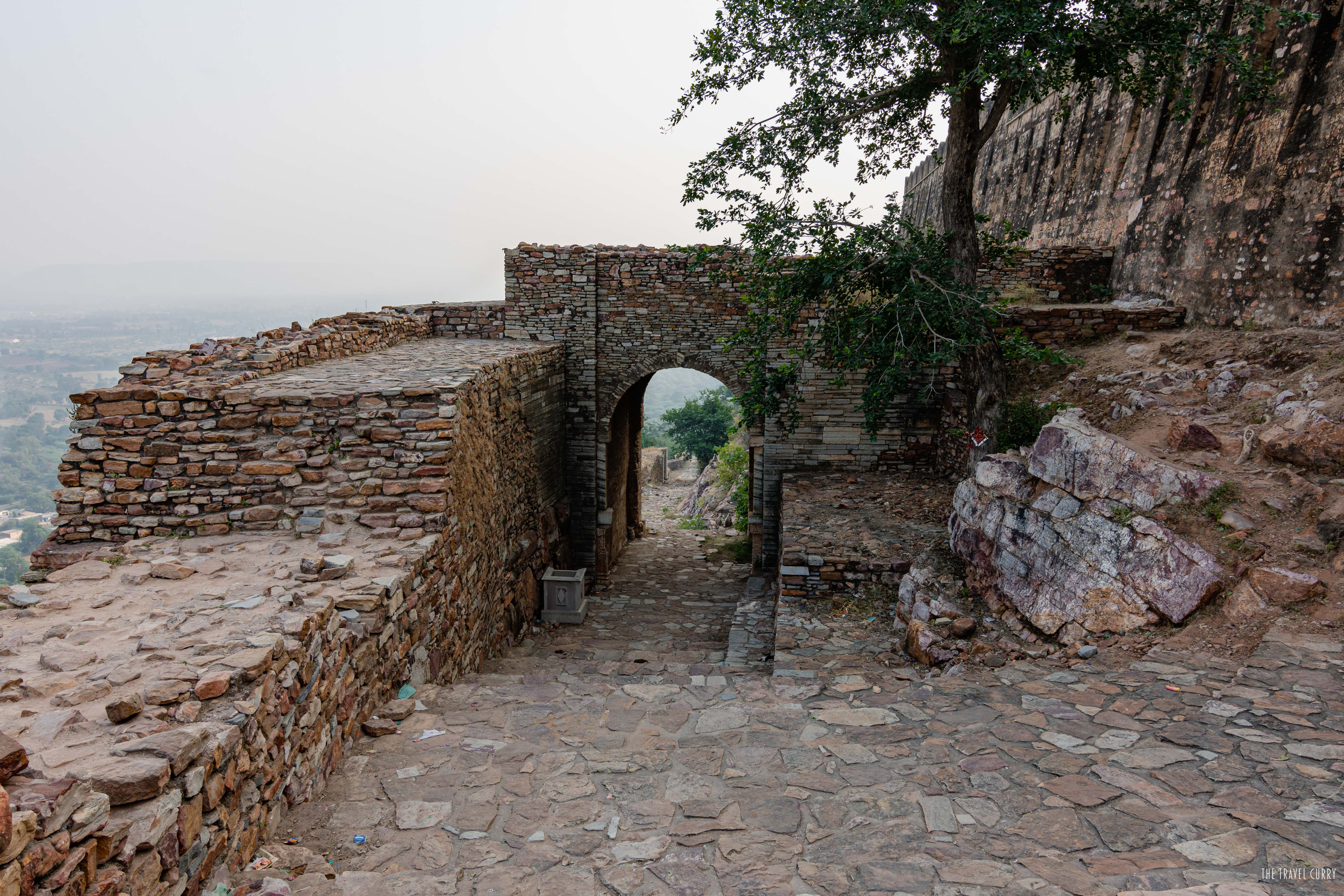
Kirti Stambha
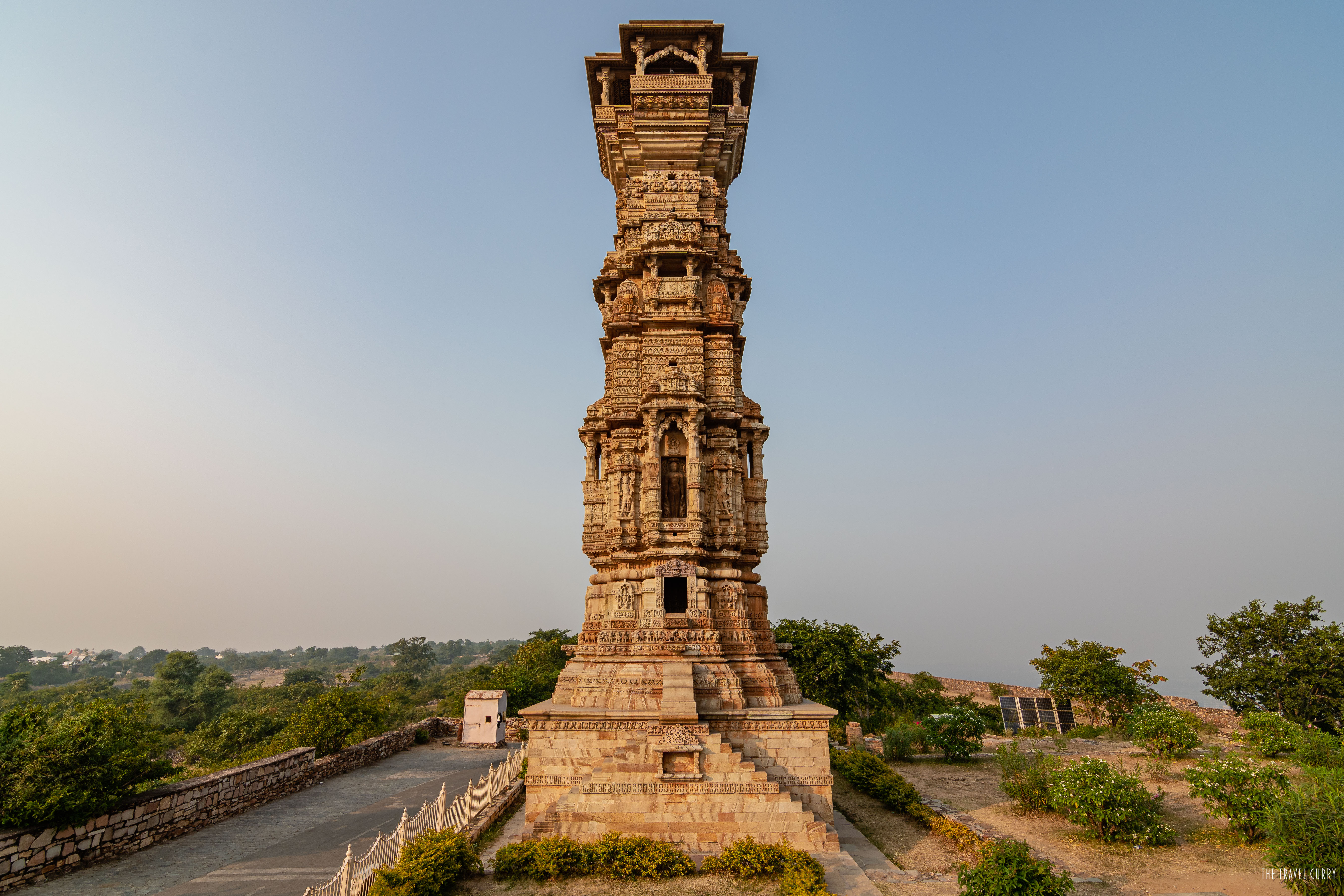
The beautiful 22 meters high Kirti Stambha stands tall from the 12th century. Dedicated to Adinatha, the first Jain Tirthankara, the tower has beautiful Jain sculptures built on the exterior and is adjacent to an embellished Jain temple.
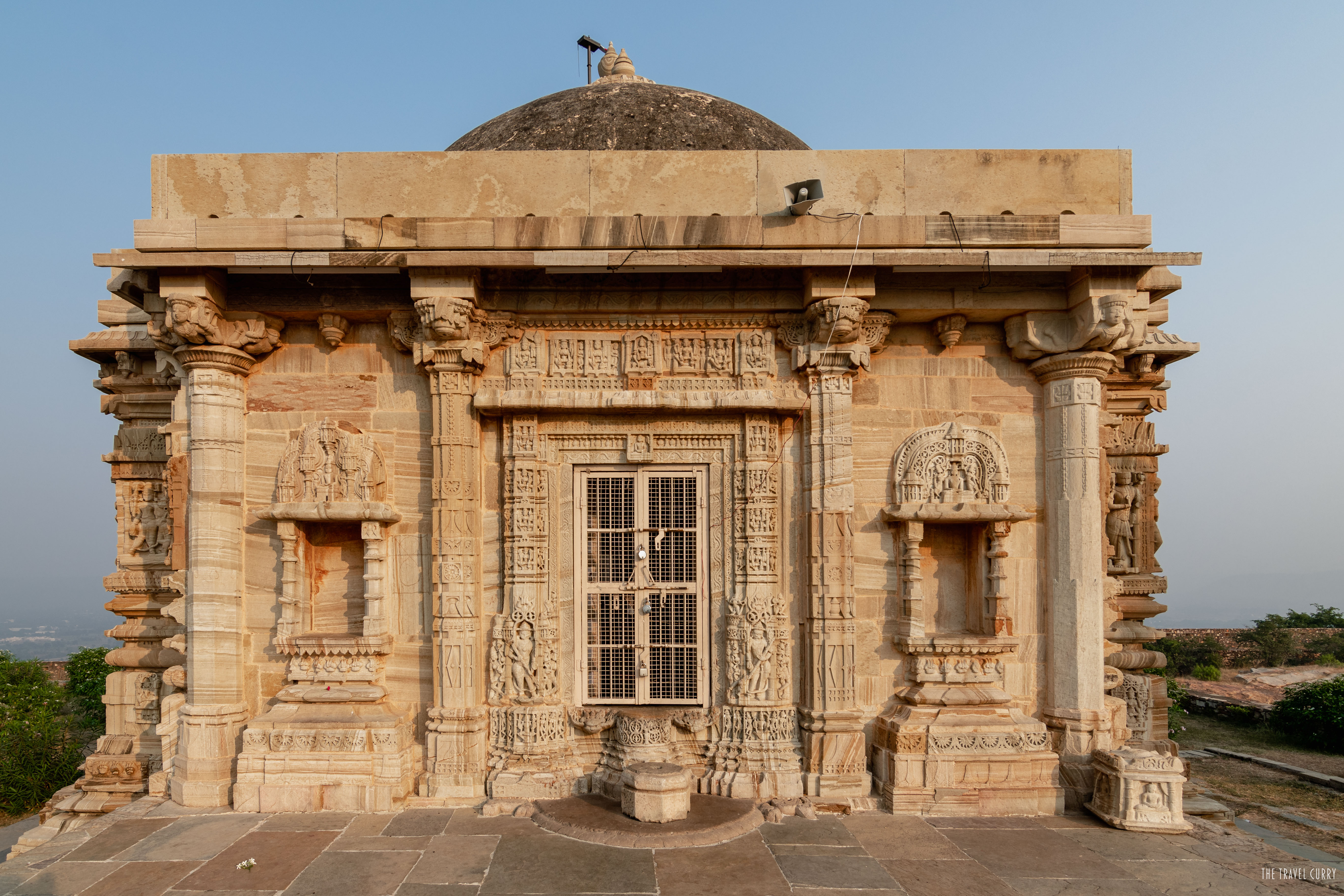
Additional info about Chittorgarh Fort
Entry fee– Rs 10 per person
Best time to visit Chittorgarh- Oct to March when the weather is pleasant and the summer heat is bearable. We went in November 2021 wherein we also ticked off Ranakpur Jain Temple and Kumbalgarh Fort from our bucket list. With this trip, we pride ourselves on having covered 90% of the princely state of Rajasthan. After Nagaur and Bikaner, Chittorgarh tops our list of offbeat places in Rajasthan.
Dress code- None. It remains hot till November. So dress up in comfy cottons.
Transport within the fort– Self-drive or hire an auto/van for a large group. You can also cover the fort on foot but we do not recommend it. Since the fort is huge, the distance between each point can get quite overwhelming. You can hire auto rickshaws (tuk tuk) on the way that are usually outside every major spot.
Wheelchair friendly- No
Food– There is no restriction on carrying your own food. You’d anyway find a lot of food vendors with colorful food carts. Though hygiene might be a factor that can turn you off. Still, you can snack on custard apples and cucumbers, abundantly grown in this region. They are healthy and cooling too.
Chittorgarh Timing– 9 am to 6 pm
How much time does it take to visit Chittorgarh?– Two to three hours should be enough. Though photographers might want to spend longer here.


One thought on “A Useful Guidebook for Chittorgarh Fort”
Comments are closed.